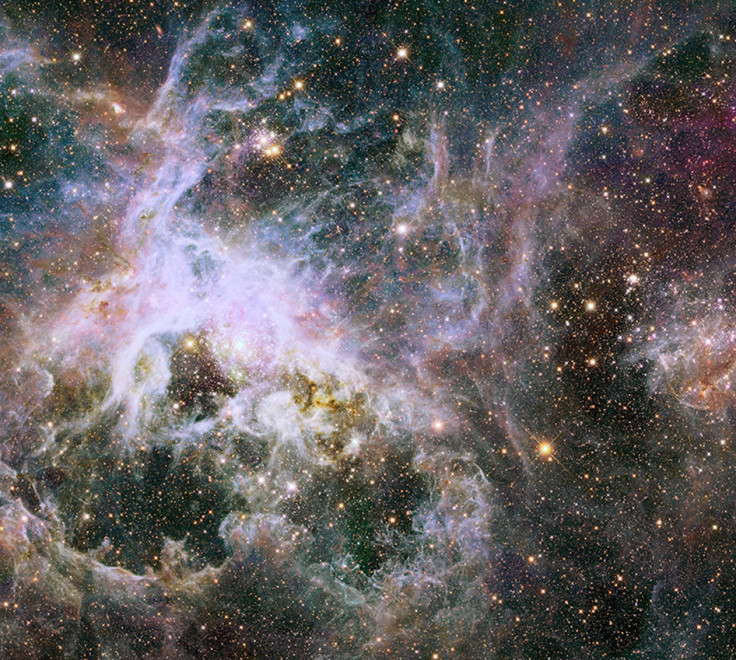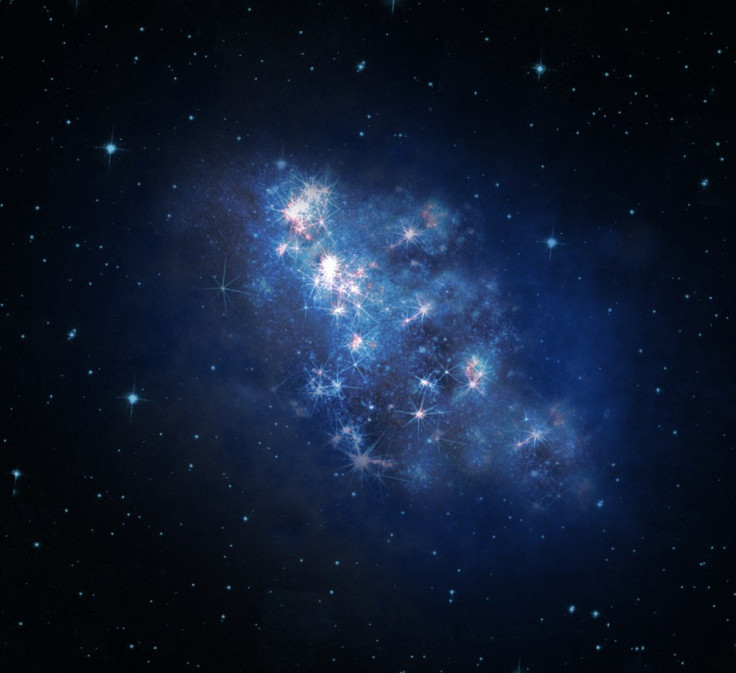How Big is the Universe? Astronomers Measure Rate of Expansion Using Over 140,000 Distant Quasars

Using the most precise measurements to date, astronomers have confirmed that although the universe continues to expand, it's doing so at a slower rate than they used to believe.
Research, carried out at Sloan Digital Sky Survey, has found that around 3 billion years after the Big Bang (which took place around 10.8 billion years ago), the universe was expanding at around 1% every 44 million years.
Quasars, or quasi-stellar radio sources, are the luminous centres of very distant galaxies. The study, which is the latest result to come from the Baryon Oscillation Spectroscopic Survey (BOSS), used over 140,000 distant quasars to measure matter and intergalactic gas, in order to estimate the rate at which the cosmos in pushing itself apart.
Yet the team discovered the growth is slower than previously estimated by the standard model of cosmology.

Dr Matthew Pieri, a BOSS team-member from Portsmouth University, told the BBC: "This is the most precise measurement that's every been done, and all I'll say at the moment is that there is a tension there. We expected to see the universe expanding faster than what we found."
The results of the study are based on two analyses. One of the studies measured distances in the universe by comparing the distribution of quasars and hydrogen.
The other, conducted by the École Polytechnique Fédérale de Lausanne in Switzerland, examined patterns of hydrogen to work out the distribution of mass in the early universe.
Andreu Font-Ribera, who studied the expansion using quasars at the Lawrence Berkeley National Laboratory, told Nature World News: "If we look back to the universe when galaxies were three times closer together than they are today, we'd see that a pair of galaxies separated by a million light-years would be drifting apart at a speed of 68km per second as the universe expands."
Both studied used baryon acoustic oscillations (BAO), which is a signature imprint in the way matter is distributed as a result of conditions in the early Universe. It is present in the distribution of dark matter, as well as ordinary matter - such as galaxies, quasars and intergalactic hydrogen.
David Schlegal, a principal investigator at BOSS, explained how the use of quasars has grown to produce extremely precise measurements.
He told Space Daily: "Three years ago, BOSS used 14,000 quasars to demonstrate we could make the biggest 3-D maps of the universe. Two years ago, with 48,000 quasars, we first detected baryon acoustic oscillations in these maps. Now, with more than 150,000 quasars, we've made extremely precise measures of BAO."
When light from these quasars passes through hydrogen gas clouds, the densest objects tend to absorb the most light. The quasar spectrum is stretched out as the universe expands, causing each patch to leave its absorption mark at a different wavelength of neutral hydrogen.
By estimating the rate of expansion across the history of the universe, researchers hope to learn more about "dark energy". The universe expanded rapidly after the Big Bang, but the rate dropped in the first few billion years under the influence of gravity. Around six billion years ago, the cosmos began to speed up again. Scientists have suspected dark matter is the key to the acceleration.
Dark matter is a type of matter hypothesized in astronomy and cosmology to account for effects that appear to be the result of mass where no such matter can be seen. It does not emit or absorb light or electromagnetic radiation at a detectable level.
© Copyright IBTimes 2025. All rights reserved.






















